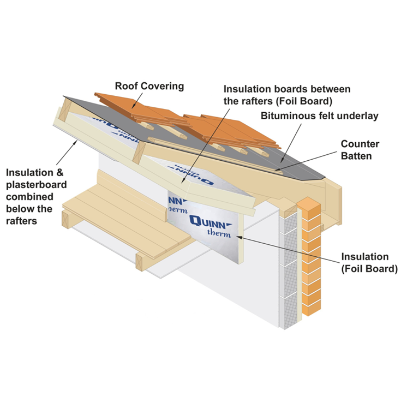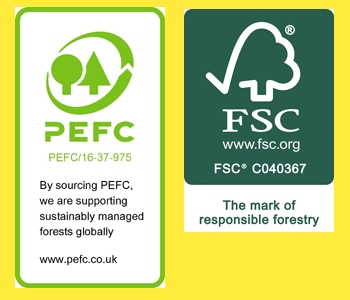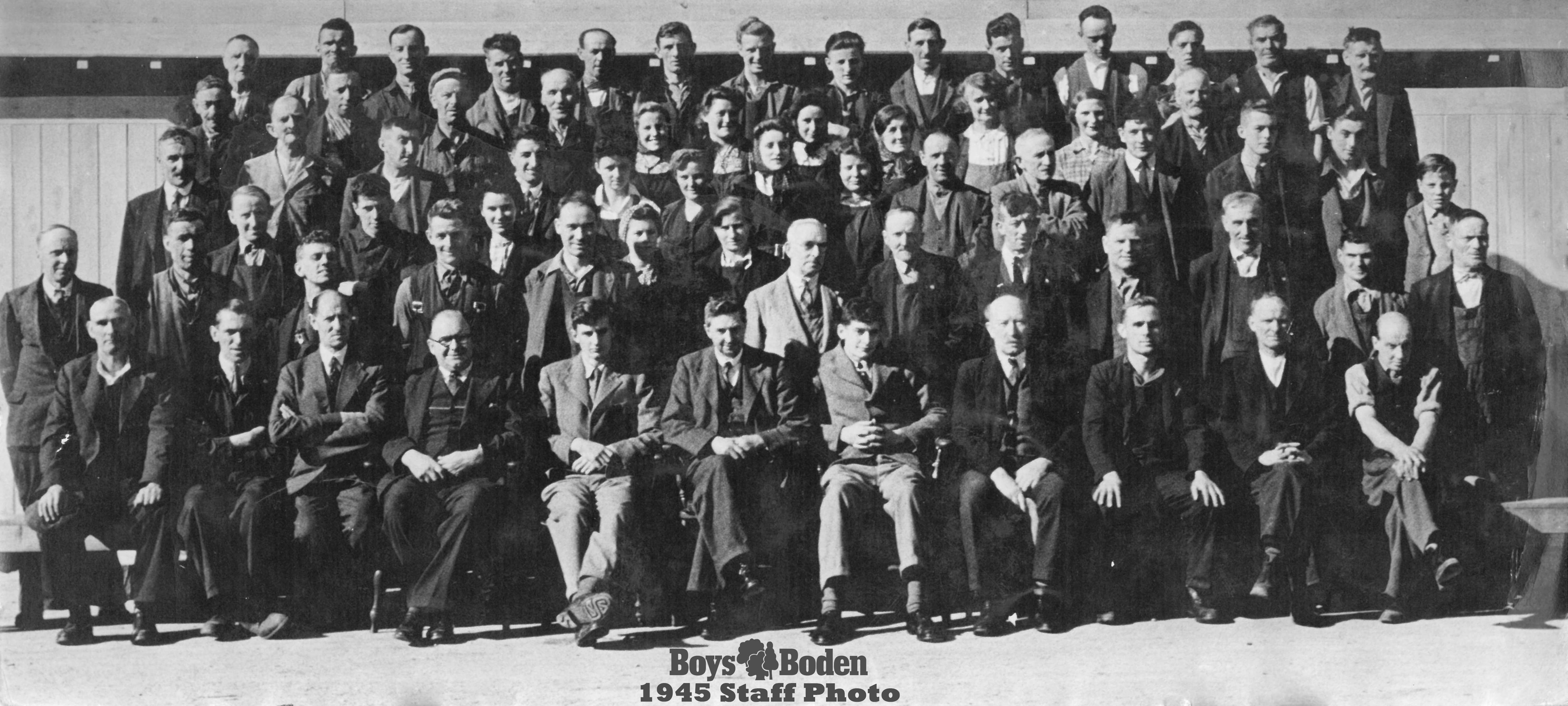Purpose of insulating pitched roofs between rafters
Insulating pitched roofs between the rafters is a method of insulating a roof by placing insulation material in the space between the roof rafters, which are the sloping beams that support the roof covering.
This is in contrast to insulating the roof from above, which involves adding insulation material on top of the roof decking.
When you insulate a pitched roof between the rafters, you create a layer of insulation that helps to reduce heat loss and keep the living space below the roof warm.
This type of insulation is commonly used in attic spaces, where the roof is not directly accessible and the insulation must be installed from below.

Benefits
The benefits of insulating pitched roofs between the rafters include:
1. Improved energy efficiency: By reducing heat loss through the roof, insulation helps to improve the energy efficiency of the building and lower heating costs.
2. Increased comfort: Insulation helps to maintain a consistent temperature in the living space below the roof, making it more comfortable to live in.
3. Moisture control: Insulation can help to prevent moisture buildup in the roof space, which can lead to mould growth and other moisture-related problems.
4. Noise reduction: Insulation can help to reduce noise from outside the building, such as traffic or construction noise.
5. Environmental benefits: Insulation reduces the amount of energy needed to heat the building, which can help to reduce greenhouse gas emissions and lower the building's carbon footprint.
Overall, insulating pitched roofs between the rafters is a popular method of insulating roofs in residential and commercial buildings, and it offers many benefits in terms of energy efficiency, comfort, and environmental sustainability.







